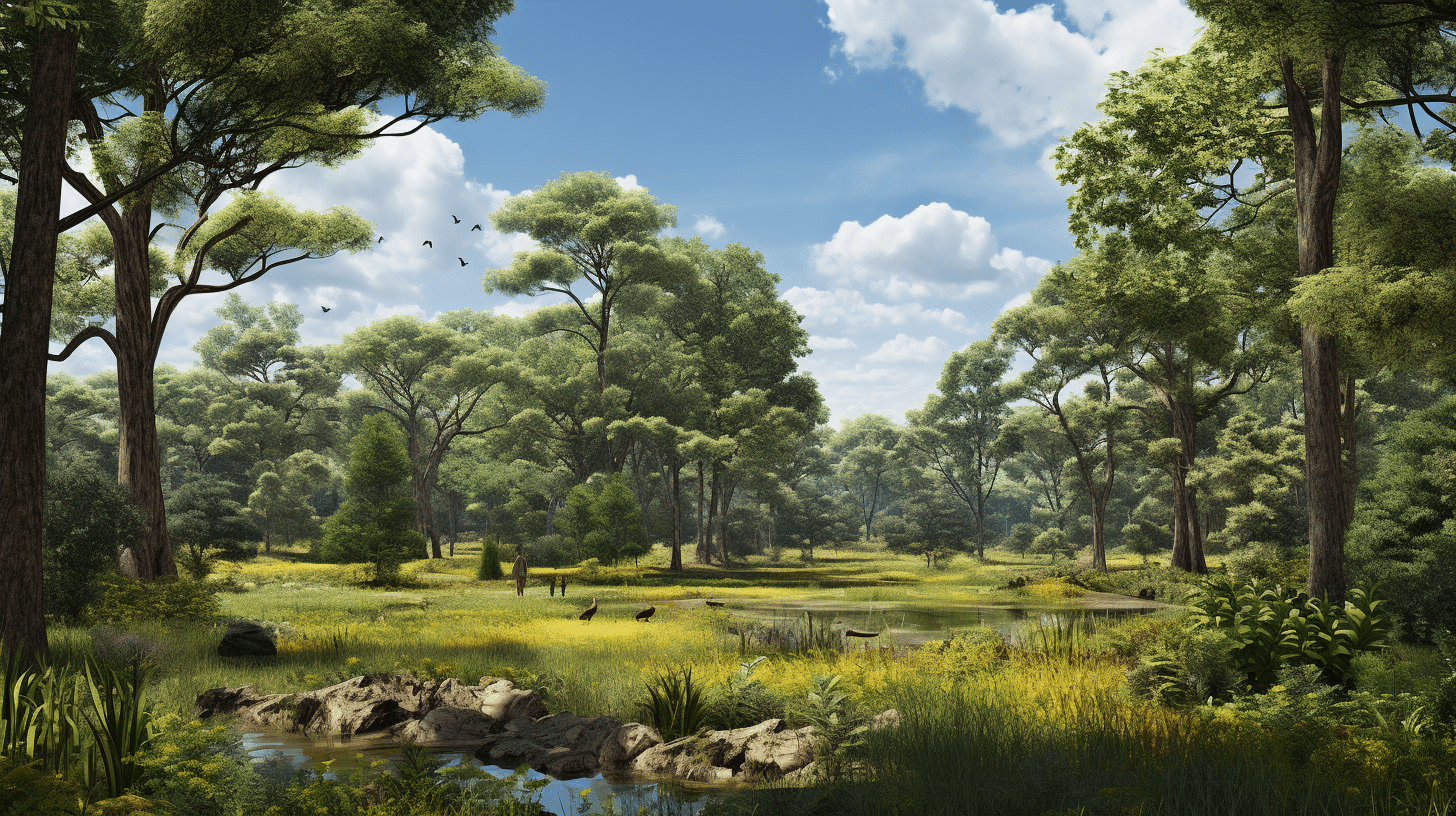Current statistics show that Kenya had only 1.7% forest cover by 2006. This is a disturbing scenario, bearing in mind the great role played by forests in sustaining the environment and existing ecosystems and the fact that Kenya had a 10% forest covey in 1963. The United Nations recommendation on forest cover for all nations is a 10% forest cover for every nation. Kenya will need about 7.6 billion shillings to achieve this cover by 2030. This will be through the purchase of more than 380 million trees.
When the word ‘forest’ is mentioned in Kenya, the first forest that rings into the minds of Kenyans is the Mau Forest Complex. The forest has been a controversial issue and an emotive agenda to discuss especially between 2005 and 2012. This is a rich and fertile land which covers approximately 417,000 hectares of land. The politicization and antagonism of the Mau Forest Complex has given rise to heroes in Kenya. The Late Professor Wangari Mathai championed for the preservation of the Mau Forest, which made her a thorn especially during the presidency of the second president, Daniel Torotich Arap Moi. She however won a Nobel peace prize for her efforts in preservation of the environment and Kenya’s largest forest reserve.
Sadly, encroachment of the Mau Forest Complex is still imminent. Whether out of ignorance, desperation or greed, the Mau Forest is facing the threat of deforestation again. It is important that as a nation, we try to weigh the repercussions of eating into the forest. I stand for protection of the forest, so let me outline the importance of this forest.
The Mau Forest Complex is the largest water catchment area in East Africa. It is the source of 12 rivers that lead to five lakes namely Lake Victoria, Baringo, Natron, Turkana and Nakuru. Of these five lakes, three are international, that is LakeVictoria (Kenya, Uganda and Tanzania), Natron (Tanzania and Kenya) and Lake Turkana (Kenya and Ethiopia). The Mau Forest also waters the Mara and Serengeti which are animal sanctuaries. It also has the largest population of indigenous trees in East Africa. It is the largest canopy closed vegetation in East Africa and a home to more than half of all species of birds in the entire Africa. The Mau Forest Complex also plays a critical role in carbon recycling, flood mitigation, water purification, enrichment of soil nutrients and river flow regulation.
Why would we want to finish a forest that brings such benefits? It is the responsibility of the government to take measures to ensure that the forest is preserver for the future generations to come, as it is the responsibility if all Kenyans to preserve the forests as we attempt to achieve the 10% forest cover.



0 comments